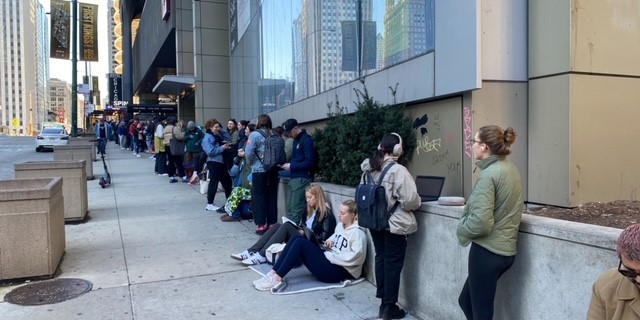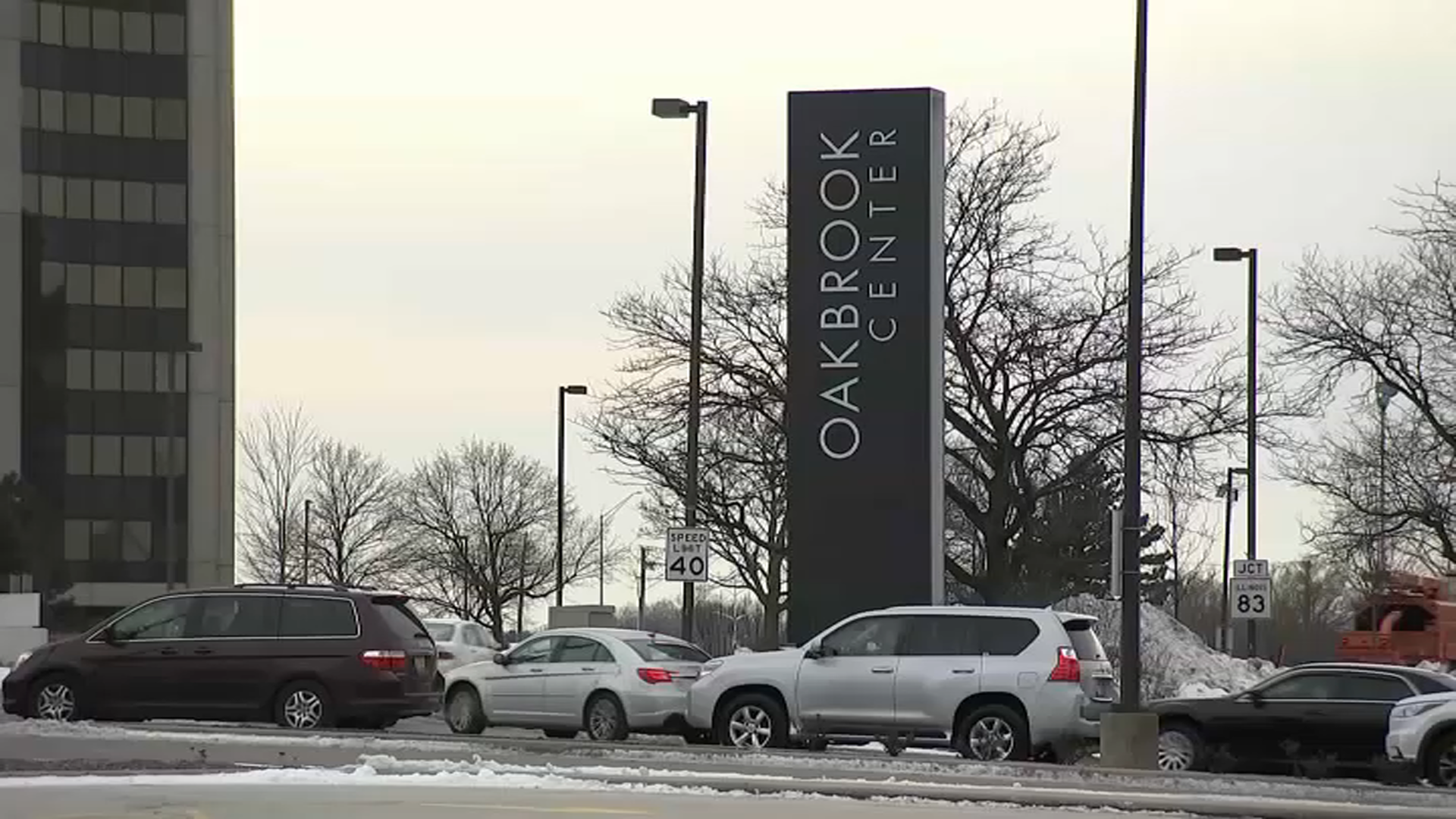With Illinois set to fully reopen next week, Gov. J.B. Pritzker released the guidelines for Phase 5 and what exactly it means for residents.
While Phase 5 is set to mark a full reopening, beginning on June 11, not all restrictions will be lifted.
According to the governor, entry into Phase 5 "will mean businesses, large-scale events, conventions, amusement parks, and seated-spectator venues, among others, will be able to operate at full capacity for the first time since the onset of the COVID-19 pandemic."
The state will also lift its outdoor mask requirement in schools in line with guidance from the U.S. Centers for Disease Control and Prevention.
Feeling out of the loop? We'll catch you up on the Chicago news you need to know. Sign up for the weekly Chicago Catch-Up newsletter here.
“After a tremendously challenging year, Illinois has now reached a defining moment in our efforts to defeat COVID-19,” Pritzker said. “Thanks to the hard work of residents across the state, Illinois will soon resume life as we knew it before – returning to events, gatherings, and a fully reopened economy, with some of the safety guidelines we’ve adopted still in place."
Here's a breakdown of what's next, according to the state:
- Upon entering Phase 5, fully vaccinated people can resume activities without wearing a mask except where required by federal, state, local, tribal, or territorial laws, rules and regulations, including local business and workplace guidance.
- Under Phase 5, all sectors of the economy can resume at regular capacity. Phase 5 also marks the return of traditional conventions, festivals, and large events without capacity restrictions. Large gatherings of all sizes can resume across all industry settings, and Phase 5 removes requirements that businesses institute mandatory social distancing in seated venues as well as daily health screenings of employees and visitors.
Here's what is still in place:
- Illinois will continue to recommend face coverings for unvaccinated persons, as well as all individuals on planes, buses, trains, and other forms of public transportation; in transportation hubs, such as airports and train and bus stations; in congregate facilities such as correctional facilities, veterans’ homes, and long-term care facilities, group homes, and residential facilities; and in healthcare settings.
- Businesses and venues should continue to allow for social distancing to the extent possible, especially indoors. Businesses and venues may also continue to put in place additional public health mitigations as they deem appropriate, including requiring face coverings.
The announcement comes as Illinois reaches a test positivity rate of less than 2%, with more than half of the population fully vaccinated, and hospitalization metrics declining since early May. It also follows an announcement from Chicago Mayor Lori Lightfoot that the city would join the state in reopening on June 11.
Local
“This pandemic has robbed us of many of our freedoms such as going to ball games and concerts, celebrating graduations, weddings, and birthdays, going to dinner with friends, and even sharing a hug with loved ones we don’t live with,” said Illinois Department of Public Director Dr. Ngozi Ezike. “The vaccine is giving us our freedoms back and allowing us to move to Phase 5. Let’s keep the vaccination momentum going so we can put this pandemic in the rearview mirror and not look back.”
Chicago and the rest of the state will move into that phase on June 11, with officials citing declining numbers of COVID cases, hospitalizations and deaths statewide, along with increasing numbers of coronavirus vaccinations statewide.
"Because you've masked up, socially distanced and got vaccinated, we're now moving to Phase 5 on Friday, June 11 in alignment with the state. This means Chicago is scheduled to fully reopen," Chicago Mayor Lori Lightfoot tweeted.
While the removal of occupancy limits and other rules represents a significant step forward in the COVID pandemic, state officials have cautioned residents that it is possible for the state to move back to previous phases in the following instances:
- If hospital admissions for COVID-19 illnesses increase to more than 150 hospitalizations per day over a 10-day monitoring period.
- If the number of COVID patients in hospitals climbs above 750 and stays there for more than 10 days.
- If the state’s mortality rate increases and goes above a 0.1 daily average.
- If ICU bed availability statewide drops below 20% over a 10-day monitoring period.



